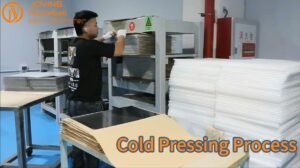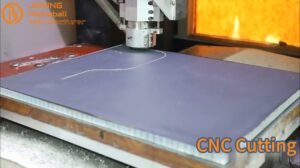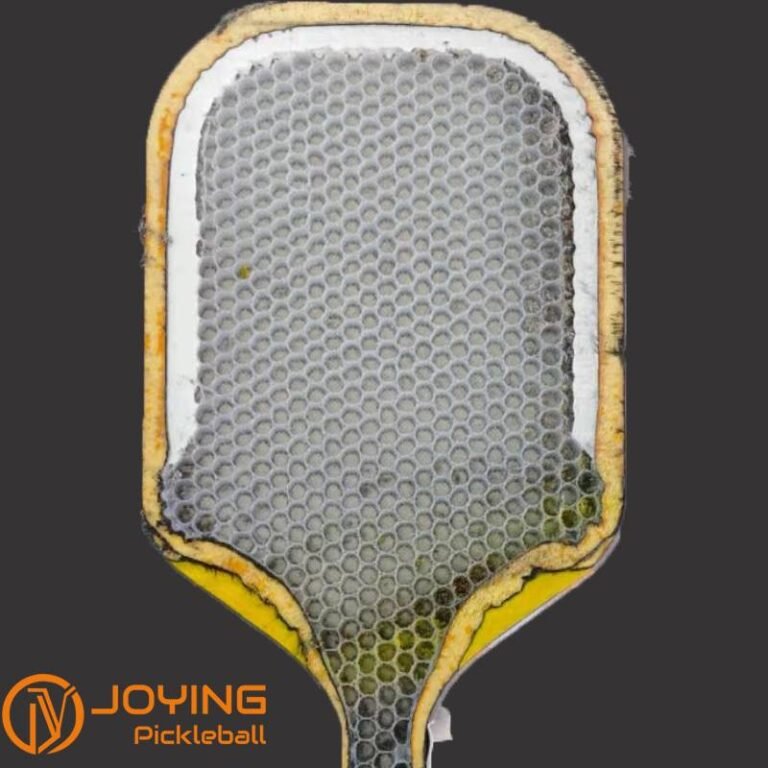Blog
Thermoforming vs Cold Pressed Pickleball Paddles: Understanding the Construction
As pickleball continues to surge in popularity, players are increasingly paying attention to the construction of their paddles. Two of the most common manufacturing processes are thermoforming and cold pressing – but what’s the difference, and why does it matter?

Thermoforming Pickleball Paddles The thermoforming process uses intense heat and pressure to fuse the paddle’s core materials into a single solid piece. Granular cores like polymer honeycomb or foam are packed into a mold along with the exterior skin (usually graphite or fiberglass faces). The mold is heated to very high temperatures, melting and bonding the materials.
Thermoforming allows for seamless integration of the core and faces into one uniform paddle body. It creates an extremely rigid paddle with consistent performance and no dead spots. The heat effectively removes any air pockets for a dense striking surface.
Some potential downsides are cost (the molds are expensive) and less customization since the entire paddle is formed as one solid shape.

Cold Pressed Pickleball Paddles With cold pressing, the paddle face and core materials are manufactured separately before being pressed together into the desired paddle shape – no heat is used.
First, the core is formed from materials like compressed wood, rigid polymer, or aluminum honeycomb. Then, the premade face surfaces (graphite, fiberglass, etc.) are laid over the core. Everything is compressed together at extreme pressures, bonding the pieces using an adhesive along the core/face interfaces.
Because the core and faces are joined after manufacturing, there’s more potential for customization. Paddle weight, dimensions, materials, etc can be mixed and matched. It’s also a more affordable process compared to thermoforming.
However, some feel the adhesive bonding creates more opportunities for soft areas or dead spots if there are any gaps or imperfections in the core/face seams. Cold pressed paddles may not feel quite as crisp or uniform.
Both construction methods can produce high quality pickleball paddles when done right. Thermoforming potentially offers more consistency while cold pressing allows more customization. Ultimately, prioritize performance through play testing – the manufacturing process is just one part of the paddle equation.



